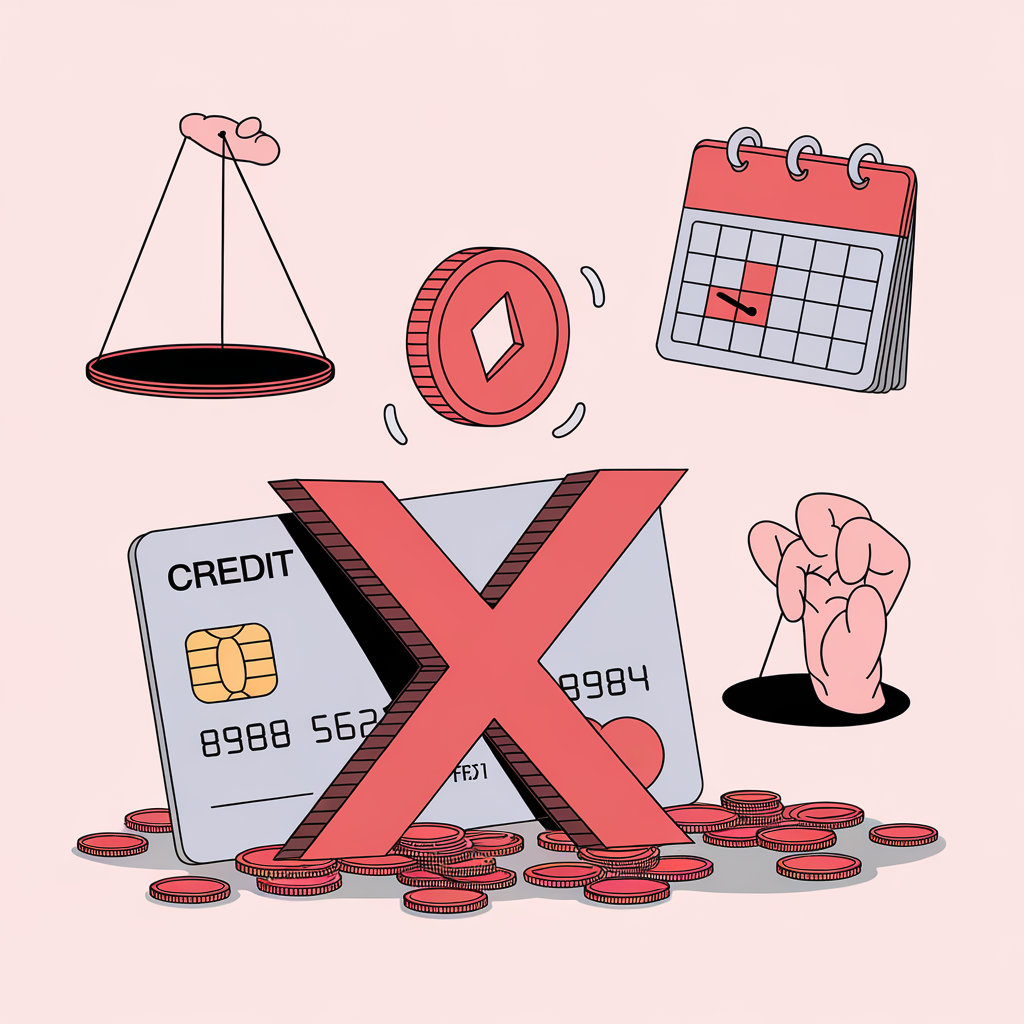Understanding the Dodd-Frank Act: A Comprehensive Guide
The Dodd-Frank Act is a significant piece of financial legislation passed by Congress in response to the 2007-2008 financial crisis. This crisis had far-reaching effects on the global economy, prompting lawmakers to overhaul financial regulations to prevent a similar event from occurring in the future. The act also aimed to expand consumer protections, ensuring that individuals are safeguarded from risky financial practices.
What Is the Dodd-Frank Act?
Named after its co-sponsors, Senator Chris Dodd and Representative Barney Frank, the Dodd-Frank Act was designed to regulate the financial industry and protect consumers from the fallout of the 2007-2008 financial crisis. The crisis was partly due to the repeal of the Glass-Steagall Act, a 1933 law that prohibited commercial banks from operating as investment banks. The repeal in 1999 allowed financial institutions to make risky investments with customer deposits, contributing to the economic downturn.
Additionally, mortgage lenders issued trillions of dollars in loans to high-risk borrowers. These loans were repackaged as mortgage-backed securities and given low-risk ratings by credit rating agencies like Moody’s and S&P Global Ratings. Banks then borrowed heavily against these assets. When the housing bubble burst, high-risk borrowers defaulted on their loans, leading to the failure of hundreds of banks.
The Dodd-Frank Act aimed to increase supervision of the financial industry, identify potential risks that could impact the entire economic system, and protect consumers from risky investments made by banks.
What Does the Dodd-Frank Act Do?
The Dodd-Frank Act includes several key provisions designed to achieve its goals. Here are some of the main objectives it sought to accomplish:
Created the Consumer Financial Protection Bureau (CFPB)
The CFPB consolidates multiple federal consumer watchdog agencies. It oversees credit reporting agencies, consumer and payday loans, banking fees, credit and debit cards, and more. This agency plays a crucial role in protecting consumers from unfair financial practices.
Established Other Federal Agencies and Councils
The act also created the Financial Stability Oversight Council to identify risks affecting the entire financial system, the Federal Insurance Office to oversee potential risks in the insurance industry, and the Office of Financial Research to collect and standardize financial data and measure and analyze financial risks.
Increased Credit Rating Oversights
The law established the Office of Credit Ratings, which, under the supervision of the Securities and Exchange Commission, regulates credit rating agencies to ensure accurate methodology.
Developed the Volcker Rule
In the spirit of the Glass-Steagall Act, Congress prohibited banks from engaging in proprietary trading or investing in or sponsoring hedge funds or private equity funds. This rule aims to reduce risky financial activities by banks.
Regulated Risky Trades
High-risk derivatives that contributed to the financial crisis now face tighter regulations. The Securities and Exchange Commission and the Commodity Futures Trading Commission are tasked with identifying excessive risk in the derivative market and notifying lawmakers before another major crisis occurs.
Provided Protections for Whistleblowers
Insiders who report wrongdoing by financial institutions are now protected against retaliation from their employers and may also receive financial compensation. This provision encourages transparency and accountability within the financial industry.
Is the Dodd-Frank Act Still in Effect?
While the Dodd-Frank Act remains largely in effect, it has faced criticism and some rollbacks. Critics argue that the law harmed the competitiveness of U.S. financial firms with foreign institutions and created undue burdens for small banks that played no role in the financial crisis.
In 2018, legislators responded to lobbying from the financial industry by rolling back some provisions of the Dodd-Frank Act through the Economic Growth, Regulatory Relief, and Consumer Protection Act. Key changes included:
- Increasing the asset threshold for banks required to conduct stress tests and maintain risk committees, easing regulations on smaller banks.
- Exempting lenders with assets of less than $10 billion from the Volcker rule.
- Lowering capital requirements and leverage ratios for financial institutions that act as custodians for clients’ assets but don’t function as traditional banks or lenders.
- Loosening reporting and capital norm requirements for small lenders.
How the Dodd-Frank Act Helps Consumers
The primary goal of the Dodd-Frank Act is to maintain economic stability, which benefits consumers by preventing risky investments from financial institutions that could lead to another financial crisis. The CFPB plays a vital role in this by providing financial education and resources, as well as identifying and taking legal action against companies that behave improperly or illegally to the detriment of their customers. The agency maintains a civil penalty fund worth nearly $1.5 billion, designed to provide compensation for consumers harmed by financial institutions.
At O1ne Mortgage, we understand the importance of financial stability and consumer protection. If you have any mortgage service needs, don’t hesitate to call us at 213-732-3074. Our team of experts is here to help you navigate the complexities of the mortgage industry and ensure you make informed decisions. Trust O1ne Mortgage to be your partner in achieving financial security.

